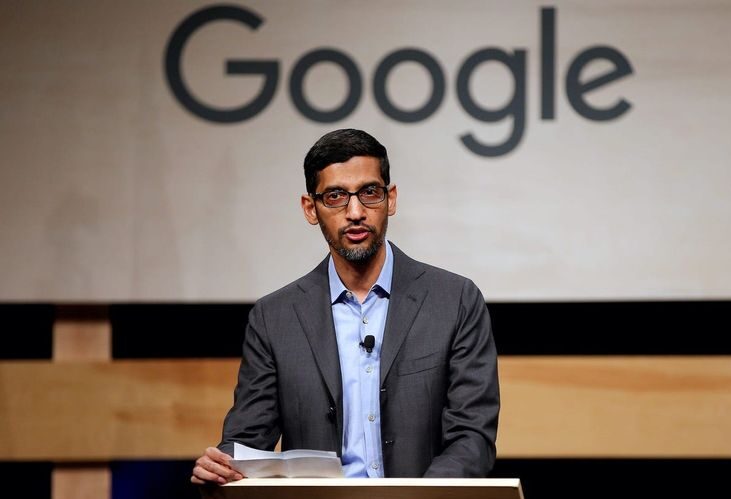The recent Microsoft Azure disruptions caused by undersea fiber optic cable cuts in the Red Sea have drawn global attention to one of the internet’s biggest vulnerabilities. These undersea cables carry more than 95% of the world’s digital data traffic, powering everything from cloud services to banking transactions. When a cluster of these cables were damaged, users across regions experienced slowdowns and outages in Microsoft Azure services, a reminder of just how fragile our digital infrastructure really is.
This event highlights a growing strategic and security concern: as the world becomes more dependent on cloud computing and global connectivity, disruptions to undersea cables could pose economic, technological, and geopolitical risks on a massive scale.
What Happened in the Red Sea?
In early 2025, multiple fiber optic cables running through the Red Sea were damaged. These cables are critical arteries of the global internet, connecting Europe, Asia, and Africa.
- Scale of Damage: According to industry reports, as much as 25% of internet traffic between Asia and Europe was disrupted when four major cables were cut.
- Impact on Microsoft Azure: Azure, one of the world’s largest cloud platforms, saw disruptions in data routing, forcing Microsoft to reroute traffic through longer and less efficient paths. Users in Africa, the Middle East, and South Asia were the most affected.
- Cause of the Cuts: Early assessments suggest the cables may have been accidentally damaged by ships’ anchors, though some analysts warn that deliberate sabotage cannot be ruled out.
While traffic was eventually rerouted, the event underscored just how dependent global cloud services are on a relatively fragile infrastructure.
Why Undersea Cables Matter
The Red Sea incident puts a spotlight on undersea internet cables, often described as the “backbone of the global internet.”
- Volume of Data: Over 95% of international communications travel through these cables, not satellites.
- Speed and Latency: Fiber optic cables provide the high speeds required for real-time cloud services, video conferencing, and financial transactions.
- Economic Importance: Global trade, stock exchanges, and multinational corporations rely heavily on this infrastructure.
Without undersea cables, platforms like Microsoft Azure, Amazon Web Services, and Google Cloud would not be able to function at their current scale.
Microsoft Azure’s Role in the Global Cloud
As the second-largest cloud provider worldwide, Microsoft Azure disruptions are not just an inconvenience—they have ripple effects across industries.
- Enterprise Clients: Azure powers critical IT infrastructure for governments, hospitals, airlines, and financial institutions.
- AI and Data Services: Microsoft’s AI models, machine learning platforms, and business intelligence tools all run on Azure servers distributed globally.
- Integration with Microsoft Products: Azure is deeply linked with Microsoft 365, Teams, Dynamics, and security services, amplifying the impact of disruptions.
Even temporary slowdowns can cost enterprises millions in lost productivity and transaction delays.
Risks Highlighted by the Incident
The Red Sea fiber cuts reveal three major risks that cloud companies like Microsoft must contend with:
- Physical Vulnerability: Despite advanced technology, cables lie on the ocean floor and are surprisingly fragile. They can be damaged by anchors, fishing activity, or natural disasters like earthquakes.
- Geopolitical Risks: The Red Sea is a geopolitical hotspot. Any intentional attack on cables could cripple digital connectivity between continents.
- Single Points of Failure: While cloud services are marketed as resilient, the reality is that certain chokepoints—like the Red Sea or Suez Canal—create bottlenecks in internet traffic.
These risks make undersea infrastructure a rising priority for national security strategies worldwide.
How Microsoft Responded
In the face of the Microsoft Azure disruptions, the company quickly enacted contingency measures:
- Traffic Rerouting: Microsoft rerouted data through alternative undersea cables that connect via the Mediterranean and Atlantic, though this added latency.
- Transparency Updates: Microsoft issued status updates through its Azure Service Health platform, informing customers of delays and progress.
- Collaboration with Partners: Microsoft is working with cable operators to restore service and strengthen future resilience.
While customers faced temporary service degradation, the quick response showed the importance of redundancy in cloud architecture.
Wider Industry Impact
The Red Sea incident didn’t just affect Microsoft—it rippled across the entire tech ecosystem:
- Other Cloud Providers: Google Cloud and Amazon Web Services also experienced minor slowdowns due to rerouted traffic.
- Telecommunications: Regional internet service providers reported degraded connectivity, especially in Africa and the Middle East.
- Businesses: E-commerce, fintech, and logistics companies saw delays in data syncing, payments, and communications.
This highlights how interconnected the global internet really is: one break in a cable can impact millions worldwide.
Building a More Resilient Future
The Microsoft Azure disruptions bring up an important question: how do we secure undersea infrastructure against future risks?
- More Cables, More Routes: Increasing redundancy by laying new cables along alternative routes (such as Arctic passages) could reduce reliance on bottlenecks like the Red Sea.
- Satellite Backups: While satellites can’t replace cables for bulk data, they can provide temporary relief in emergencies.
- International Security Measures: Governments may need to treat undersea cables as critical infrastructure and protect them from sabotage.
- Private Investment: Companies like Microsoft, Google, and Meta are already investing billions into private cable projects to ensure more control over their data pipelines.
The Bigger Picture
The Red Sea fiber cuts show that our digital age still depends on vulnerable 20th-century technology. While cloud services feel “invisible” to most users, they rest on a network of physical cables no thicker than a garden hose lying at the bottom of the sea.
As reliance on AI, cloud storage, and digital commerce grows, so does the urgency to protect this infrastructure. Microsoft Azure’s disruptions may be temporary, but the warning they deliver is permanent: the global internet is only as strong as its weakest link.

Conclusion
The Microsoft Azure disruptions from Red Sea fiber cuts serve as a wake-up call for governments, businesses, and cloud providers alike. They show that global connectivity cannot be taken for granted and that resilience requires both technological and strategic investment.
Microsoft’s quick response and rerouting strategies limited the damage this time, but the bigger challenge remains: securing the lifelines of the global digital economy. As the world’s reliance on cloud services grows, so too does the need to protect the undersea cables that make them possible.
Source: BBC, Bloomberg


